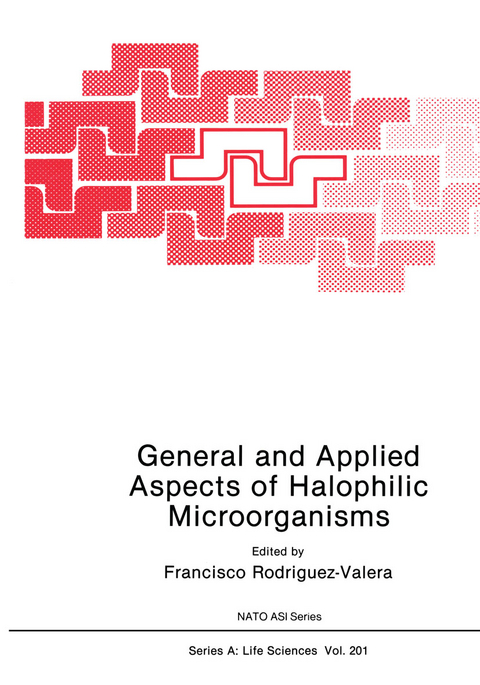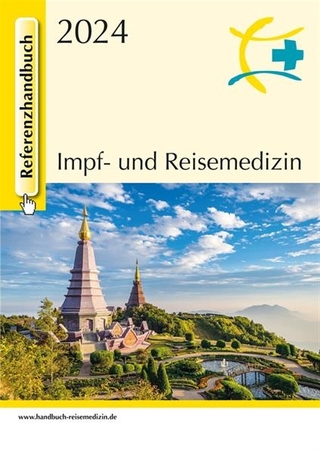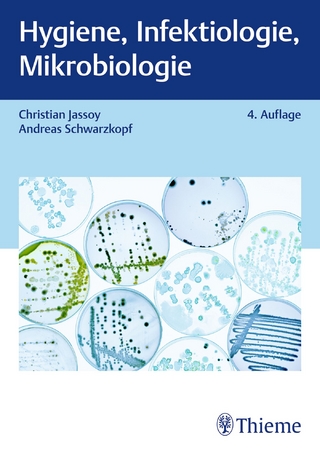
General and Applied Aspects of Halophilic Microorganisms
Springer-Verlag New York Inc.
978-1-4613-6660-7 (ISBN)
I Taxonomy, Ecology and Phylogeny.- Halophily, Taxonomy, Phylogeny and Nomenclature.- The Microbiota of Saline Lakes of the Vestfold Hills, Antarctica.- Halophilic Organisms and the Environment.- Estimation of the Contribution of Archaebacteria and Eubacteria to the Bacterial Biomass and Activity in Hypersaline Ecosystems: Novel Approaches.- Some Primary and Secondary Metabolites of Hypersaline Microbial Mats and Associated Sediments.- Taxonomy of New Species of Moderately Halophilic Eubacteria.- Phenotypic Characterization of Halophilic Bacteria from Ground Water Sources in the United States.- II Physiology.- Halophiles of All Kinds: What are they up to now, and Where do they come from?.- Mechanism of Chloride Transport in Halophilic Archaebacteria.- Processes of Adaptation of Different Cell—Lines of Dunaliella to Widely Differing Salt Concentrations.- Osmoregulation in Rhizobium meliloti: Control of Glycine Betaine Biosynthesis and Catabolism.- Is the Na+-Activated NADH-Quinone-Acceptor Oxidoreductase in Marine Bacteria and Moderate Halophiles a Primary Electrogenic Na+ Pump?.- Ionic Relations and Polyol Metabolism of Marine Fungi in Relation to their Environment.- Salt Adaptation of Ectothiorhodospira.- Lipoic Acid and Dihydrolipoamide Dehydrogenase in Halophilic Archaeobacteria.- Nitrate Reduction in the Extremely Halophilic Bacteria.- Retinal-Opsin-Dependent Detection of Short-Wavelength Ultraviolet Radiation (UV-B), and Endogenous Bias on Direction of Flagellar Rotation in Tethered Halobacterium halobium Cells.- Steps in the Photosensory Signal Chair of Halobacterium halobium.- Mode of Action of Halocins H4 and H6: Are they Effective against the Adaptation to High Salt Environments?.- Bioenergetics of Halobacterium halobium and of H. marismortui.- The responseof Halophilic Bacteria to Heavy Metals.- Biochemical Characterization of Dihydrofolate Reductase of Halobacterium volcanii.- III Composition and Structure.- Polar Lipid Structure, Composition and Biosynthesis in Extremely Halophilic Bacteria.- Variations in the Lipid Composition of Aerobic, Halophilic Archaeobacteria.- Bacterioruberins Reinforce reconstituted Halobacterium Lipid Membranes.- The ‘True’ Intracellular Environment of Moderately Halophilic Eubacteria.- Effects of Salinity on Membrane Lipids and Membrane-Derived Oligosaccharides.- Physiology of Halomonas Elongata in Different NaCI Concentratio..- Do Periplasmic Oligosaccharides Provide a Role in the Osmotic Adaptation of Gram-negative Bacteria?.- IV Molecular Biology and Genetics.- The Ribosomal RNA Operons of Halophilic Archaebacteria.- Bacterio-Opsin Gene Expression in Halobacterium halobium.- The Kinetic of the Genetic Exchange Process in Halobacterium volcanii mating.- Physical Mapping and Gene Transfer Methods for Halobacterium (Halo ferax) volcanii.- Gas Vacuole Genes in Halobacteria.- Insertion Elements Affecting Gas Vacuole Gene Expression in Halobacterium halobium.- Genomic Organization Studies in Halobacteria Using Pulse Field Gel Electrophoresis.- Physical and Genetic Mapping of the Unstable Gas Vesicle Plasmid in Halobacterium halobium NRC-1.- Enzymology and Genetics of an Alpha-like DNA Polymerase from Halobacterium halobium.- Phylogeny of DNA-dependent RNA Polymerases: Testimony for the Origin of Eukaryotes.- DNA Topology in Halobacteria.- V Applied Aspects of Halophilic Organisms.- An Application of a Bioreactor with Flocculated Cells of Halophilic Micrococcus varians Subsp. Halophilus which Preferentially Adsorbed Halophilic Nuclease H to 5’-Nucleotide Production.- Novel CompatibleSolutes and their Potential Application as Stabilizers in Enzyme Technology.- Lysis of Halobacteria with Bile Acids and Proteolytic Enzymes of Halophilic Archaeobacteria.- An Archaeobacterial Antigen Used to Study Immunological Humoral Response to C-myc Oncogene Product.- Biopolymer Production by Haloferax mediterranei.- Halophiles in Thai Fish Sauce (Nam Pla).- Liquid Fuel (Oil) from Halophilic Algae: A Renewable Source of Non-Polluting Energy.
| Erscheint lt. Verlag | 9.11.2012 |
|---|---|
| Reihe/Serie | Nato Science Series: A ; 201 |
| Zusatzinfo | XI, 402 p. |
| Verlagsort | New York, NY |
| Sprache | englisch |
| Maße | 178 x 254 mm |
| Themenwelt | Medizin / Pharmazie ► Medizinische Fachgebiete ► Mikrobiologie / Infektologie / Reisemedizin |
| Naturwissenschaften ► Biologie ► Biochemie | |
| Naturwissenschaften ► Biologie ► Botanik | |
| Naturwissenschaften ► Biologie ► Ökologie / Naturschutz | |
| Naturwissenschaften ► Biologie ► Zoologie | |
| ISBN-10 | 1-4613-6660-7 / 1461366607 |
| ISBN-13 | 978-1-4613-6660-7 / 9781461366607 |
| Zustand | Neuware |
| Haben Sie eine Frage zum Produkt? |
aus dem Bereich


